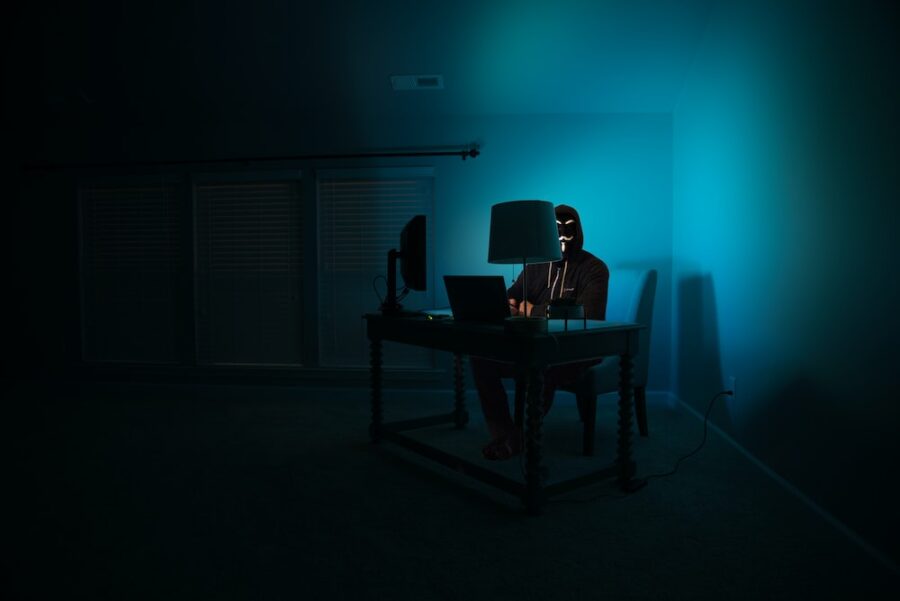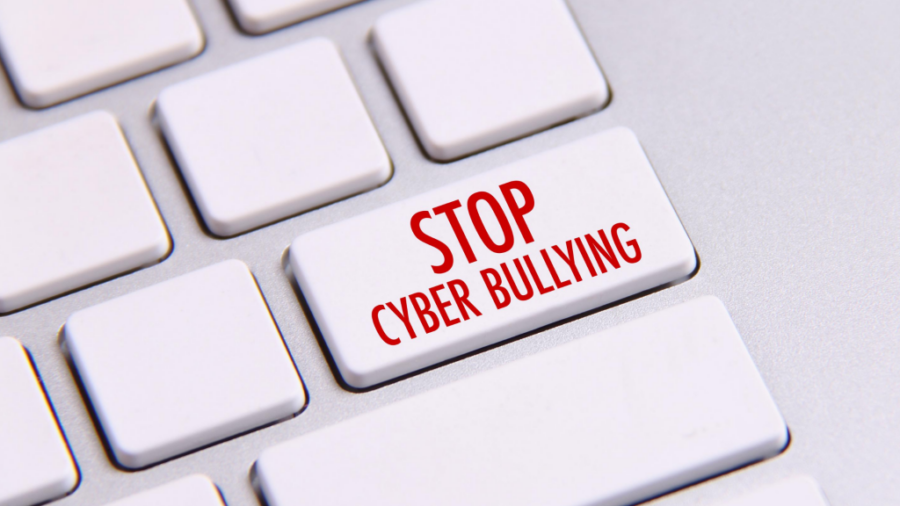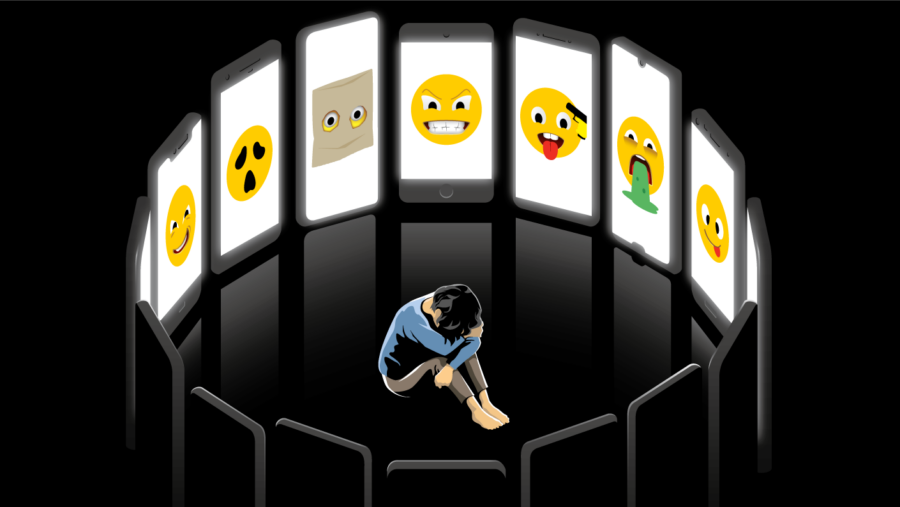Cyberbullying: Everything You Need to Know
Cyberbullying has become a growing concern in today’s digital age. With so many platforms available to bully others, it’s no surprise that incidents of cyberbullying are on the rise. But what should you do when you or someone you know has been affected by cyberbullying? It can be difficult to know how to respond in such a situation, especially when the bully is anonymous and often untraceable. In this blog post, we will cover important steps to take when responding to cyberbullying, as well as effective techniques for dealing with an online bully.
What is Cyberbullying?
Cyberbullying is the use of electronic communication to bully a person, typically by sending messages of an intimidating or threatening nature. It can include posting hurtful comments or images on social media, spreading rumors online, or engaging in other forms of harassment via email, text messages, or other digital platforms.
Cyberbullying can have a profound impact on a person’s mental and emotional well-being, and in some cases, it can even lead to suicide. If you are cyberbullied, it’s important to reach out for help from a trusted adult or support organization. There are also a number of things you can do to respond to cyberbullying and protect yourself from further harm.

The Different Types
1. Flaming. This is when someone deliberately provokes or embarrasses another person online. It can include posting offensive or hurtful comments, starting arguments, or sending mean messages.
2. Harassment. This is when someone repeatedly sends unwelcome and offensive messages to another person. It can include sending abusive or threatening messages, posting embarrassing photos or videos, or stalking someone online.
3. Impersonation. This is when someone pretends to be somebody else online in order to trick people or cause damage to that person’s reputation. It can include creating fake social media accounts, sending emails or texts from a false identity, or stealing someone’s photos and using them without permission.
4. Cyberstalking. This is when someone uses the internet to stalk or harass another person. It can include following someone online, making threats, gathering information about a person without their permission, or harassing them through social media, email, or text messages.
The Effects
Cyberbullying can have devastating effects on both the bully and the victim. The bully may feel a sense of power and control over the victim, while the victim may feel isolated, helpless, and alone. Cyberbullying can lead to physical and emotional health problems, as well as academic problems.
Victims of cyberbullying may experience a range of negative emotions, including anger, sadness, anxiety, and fear. They may also experience physical symptoms such as headaches or stomachaches. Cyberbullying can also lead to social isolation and academic problems. Victims may be afraid to go to school or participate in extracurricular activities. They may also have trouble concentrating in class or doing homework.
Bullies may also suffer from the effects of cyberbullying. They may experience guilt, shame, and remorse for their actions. They may also be more likely to engage in other forms of bullying, such as in-person bullying or online harassment. Cyberbullying can also lead to legal problems for the bully if they are caught.

How to Respond to Cyberbullying
If you are the victim of cyberbullying, it is important to remember that you are not alone. There are many people who have experienced cyberbullying and have overcome it. Here are some tips on how to respond to cyberbullying:
1. Do not engage with the bully. This will only make the situation worse.
2. Save any messages or images that you receive from the bully. This will be helpful if you decide to take legal action.
3. Block the bully from all of your social media accounts and block their phone number if possible.
4. Tell a trusted adult about what is happening. They can help you deal with the situation and may be able to take action against the bully themselves.
5. Seek professional help if you are struggling to cope with the situation on your own. A therapist can provide support and guidance on how to deal with cyberbullying
Reporting Cyberbullying
If your child is being cyberbullied, it is important to document the behavior and take screenshots or save any threatening messages. This will help you report the incident to your child’s school or the police, if necessary.
You should also talk to your child about what is happening and how they are feeling. Let them know that they are not alone and that you are there to support them.
If you decide to report the incident, you will need to provide as much information as possible, including the names of the people involved, the dates and times of the incidents, and any evidence you have collected.

Conclusion
It is important to remember that cyberbullying can have serious consequences and it is your responsibility to protect yourself from its effects. By following the tips in this article, you will be better equipped to respond appropriately when faced with cyberbullying. You should never blame yourself for being a victim of cyberbullying and always remember that there are resources available to help you cope with the situation. Thank you for reading!
Also read: Being Too Nice: How It Can Ruin Everything
